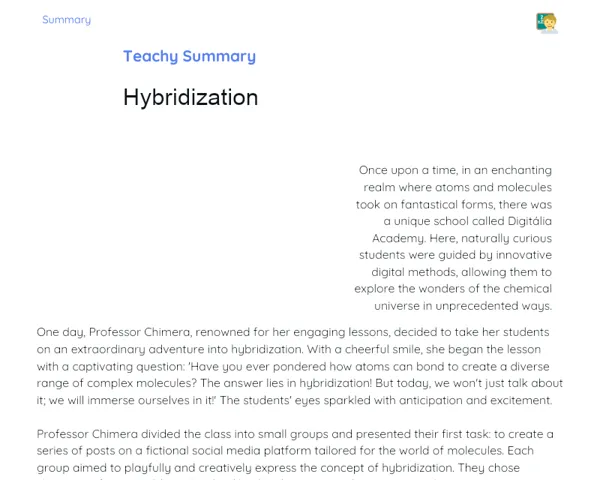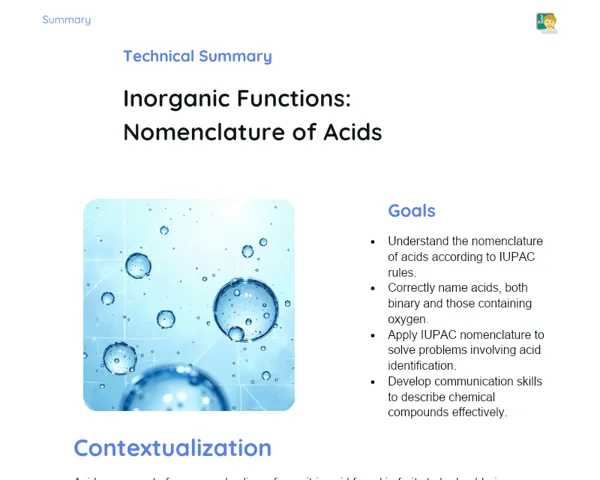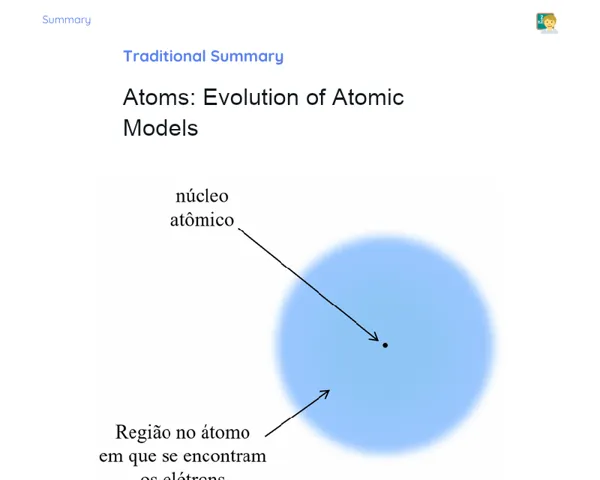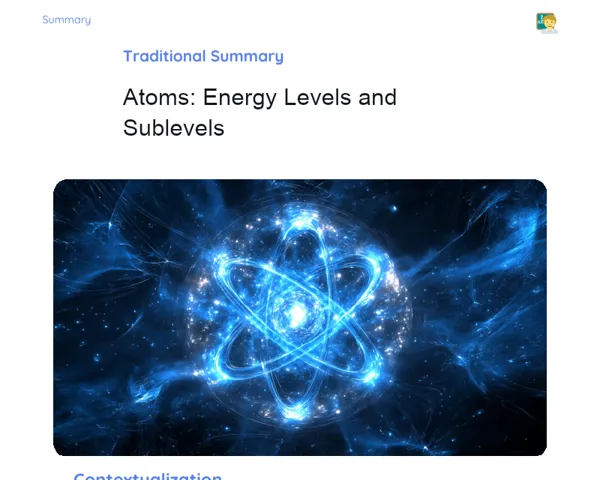Objectives
1. Clearly differentiate the types of solutions: aqueous, saturated, unsaturated, and supersaturated.
2. Identify the conditions necessary for a solution to be classified as supersaturated.
3. Apply knowledge of solutions in practical contexts, such as in industry and biological processes.
Contextualization
Have you ever noticed how the solubility of different materials influences our everyday activities? From cooking delicious meals to manufacturing medicines, solutions are vital. For instance, the ability of a sugar and water mixture to reach saturation can influence the taste and texture of sweets. Understanding the various types of solutions is not just a scientific curiosity; it's crucial for numerous real-life applications, like adjusting the dosage of medication for maximum effectiveness.
Important Topics
Aqueous Solution
An aqueous solution is one where water acts as the solvent. These solutions are prevalent in nature and various industries. Being a universal solvent, water can dissolve numerous solutes, making it essential for both chemistry and biology.
-
Water as a solvent: Water's unique properties, such as its polarity and ability to hydrate ions and polar molecules, make it an effective solvent.
-
Biological importance: Aqueous solutions are crucial for biological processes, including digestion and nutrient transport in living organisms.
-
Industrial applications: They are utilized across a variety of industrial processes, from food and beverage production to chemical manufacturing.
Saturated Solution
A saturated solution is one where the maximum possible amount of solute has dissolved at a specific temperature. Any additional solute added will not dissolve and will settle as a precipitate. This concept is key to understanding solution preparation, particularly in the manufacturing of chemicals and pharmaceuticals.
-
Saturation conditions: This depends on temperature and the specific solute and solvent involved. Generally, solubility increases with temperature.
-
Precipitation: Adding too much solute to a saturated solution will result in a precipitate, which is important in analytical chemistry.
-
Industrial use: Essential in industries where precise solution concentration is critical for product quality.
Supersaturated Solution
A supersaturated solution contains more solute than what can be typically dissolved at a given temperature. These solutions are metastable and can be created by swiftly cooling a saturated solution, which hinders crystal formation. They find significance in fields like pharmacology and semiconductor production.
-
Formation: Typically formed by quickly cooling a saturated solution, leading to a solute concentration that exceeds normal solubility.
-
Stability: These solutions are metastable and can precipitate swiftly if disturbed, releasing energy as heat.
-
Applications: They are vital in drug manufacturing and the crystallization process for high-purity substances in technological applications.
Key Terms
-
Solution: A homogeneous mixture of two or more substances, where the solvent dissolves the solute.
-
Solute: The minor component of a solution, the one that gets dissolved.
-
Solvent: The major component of a solution, the one that dissolves the solute.
-
Saturation: The state in which the solution holds the maximum amount of solute that can be dissolved in a solvent at a designated temperature.
For Reflection
-
Why is it crucial to understand the differences between saturated and unsaturated solutions in the production of chemical products?
-
In what innovative ways could knowledge about solutions be applied in future technologies?
-
How can the formation of a supersaturated solution be controlled for practical purposes, such as in medical applications?
Important Conclusions
-
We reviewed the main types of solutions: aqueous, saturated, unsaturated, and supersaturated, focusing on the unique characteristics of each and their practical uses.
-
We discussed how various factors, like temperature and the nature of substances, influence solubility, which is crucial for understanding both chemical and biological processes.
-
We highlighted the significance of solutions in our daily lives and their applications across different industries, underscoring the importance of grasping these concepts for future contributions in science and technology.
To Exercise Knowledge
- Prepare a saturated salt solution in water and observe what happens when you try to dissolve more salt. 2. Create a supersaturated solution using sugar and water, and take note of the process and results. 3. Investigate and present a practical application of a supersaturated solution in an industry or medical field.
Challenge
Chemical Chef Challenge: Whip up a dessert using the principles of saturated solutions. For example, attempt to create candy that relies on the saturation of sugar in water for its texture and flavor. Record the process and outcomes, and then share with the class!
Study Tips
-
Utilize mind maps to connect the different types of solutions to real-life examples and their industrial applications.
-
Practice preparing solutions at home with adult supervision to experience saturation and supersaturation firsthand.
-
Engage in discussions with your peers or teachers about how the solutions studied can be applied in other scientific or technological fields, like biology or engineering.



